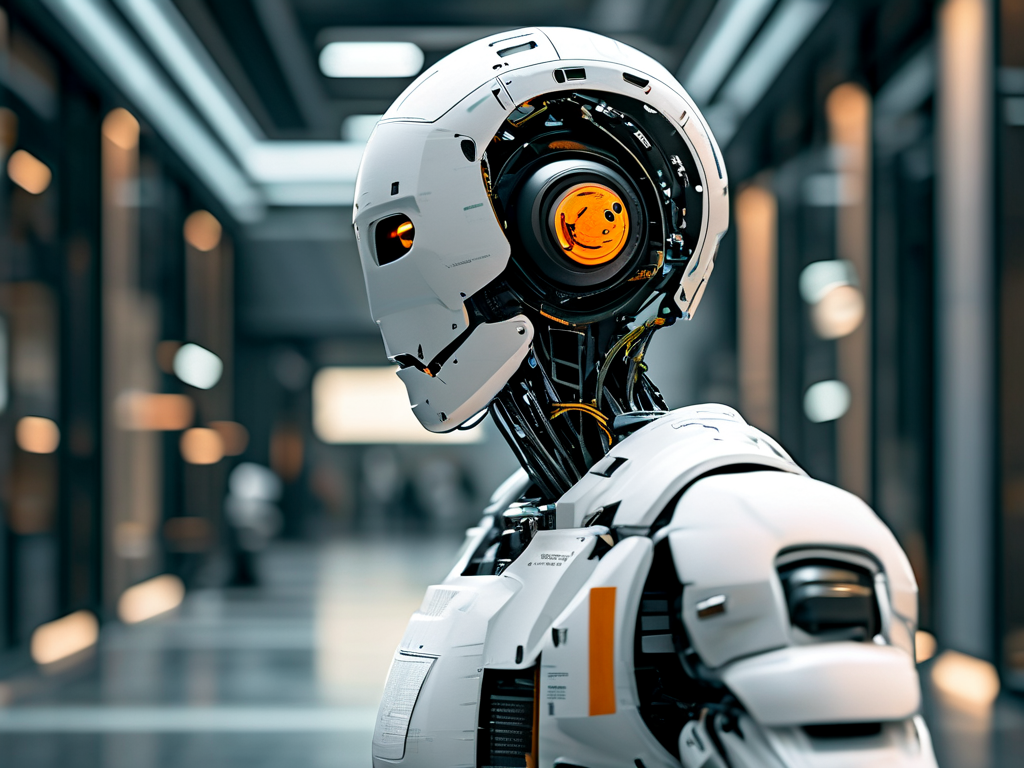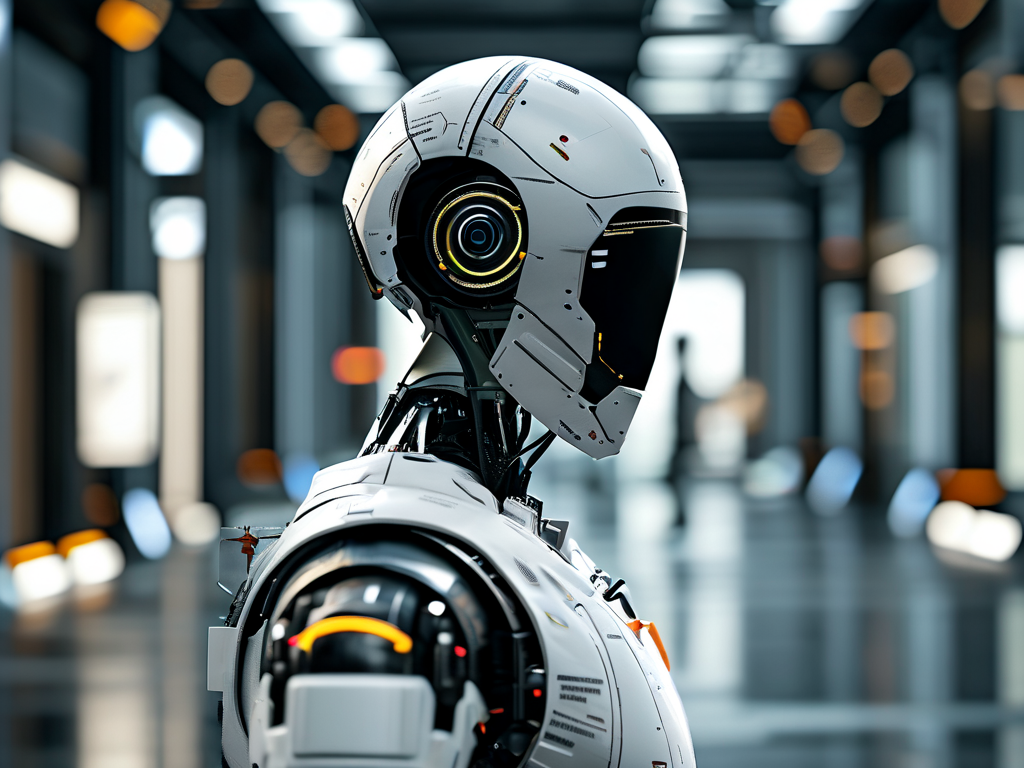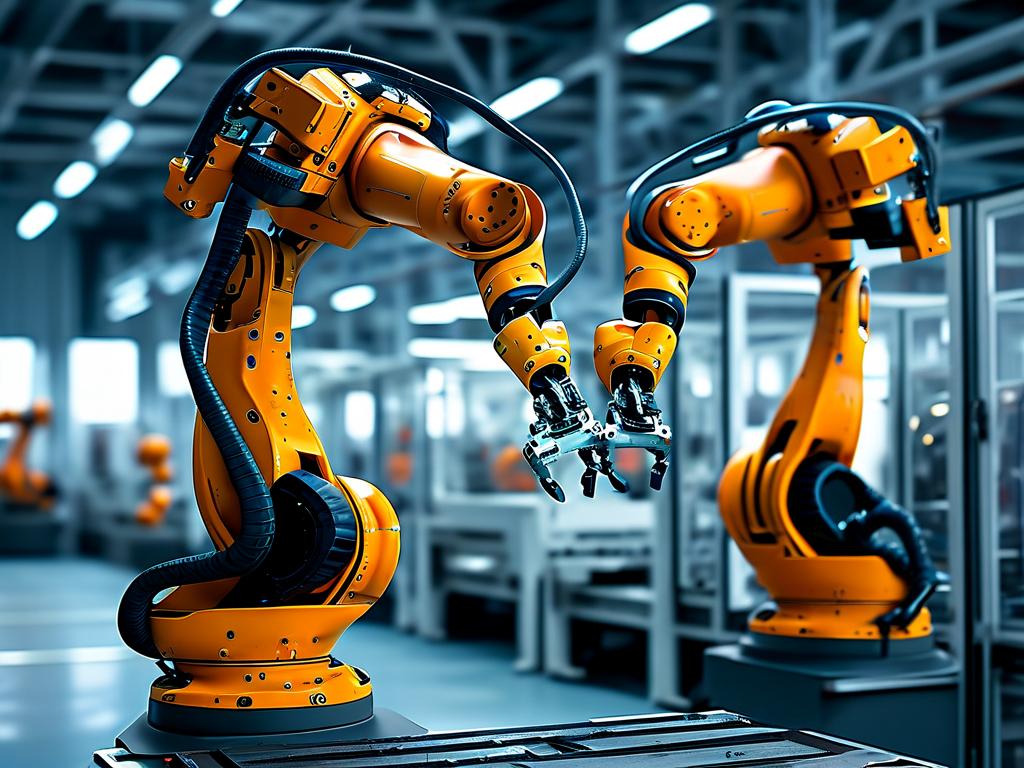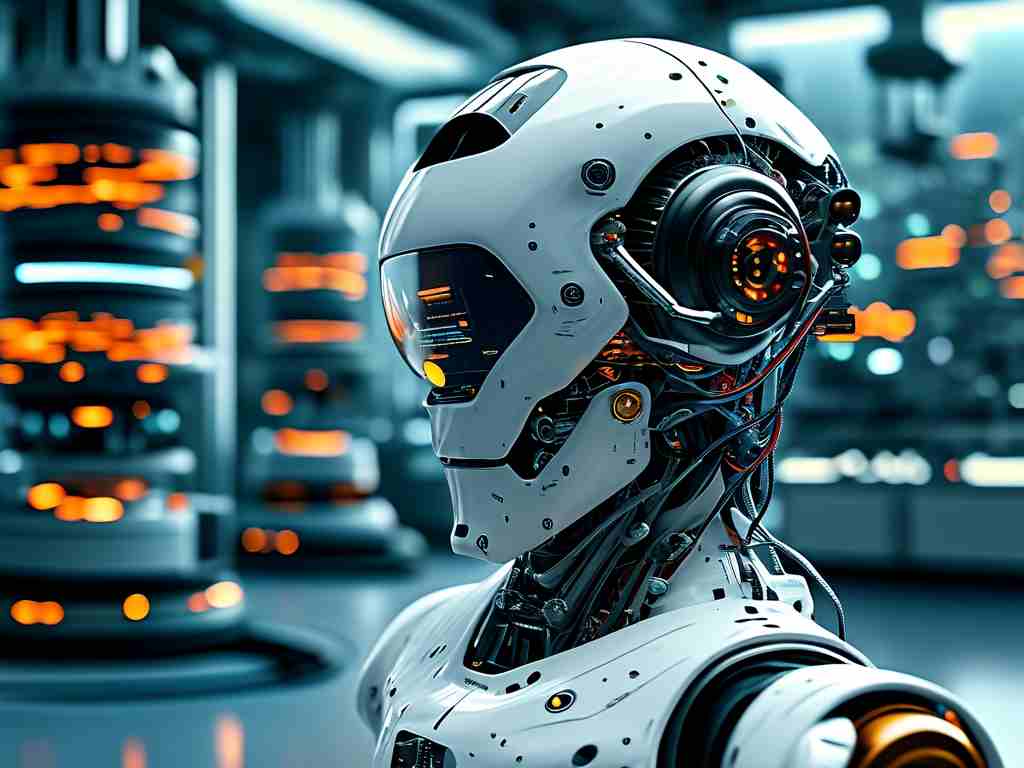Humanoid robotics has emerged as a frontier of innovation, blending mechanics, artificial intelligence, and human-centered design. Unlike traditional industrial robots, humanoid systems aim to replicate human-like movement, cognition, and interaction, opening doors to applications in healthcare, education, and service industries. This guide explores the foundational technologies driving these machines and their evolving role in society.

Kinematic Design and Mobility
At the heart of humanoid robotics lies kinematic design, which governs how machines mimic human motion. Engineers use biomimetic principles to create joint structures that balance flexibility and stability. For instance, bipedal locomotion requires precise coordination between actuators, sensors, and control algorithms. Recent advancements in lightweight materials, such as carbon-fiber composites, have enabled more agile designs. However, challenges persist in energy efficiency—humanoids like Boston Dynamics’ Atlas consume significant power for basic movements, highlighting the need for improved battery technologies or hybrid power systems.
Sensory and Perception Systems
Humanoid robots rely on multisensory integration to navigate dynamic environments. LiDAR, depth cameras, and inertial measurement units (IMUs) provide spatial awareness, while tactile sensors enhance object manipulation. A breakthrough in this domain is the use of neuromorphic computing, which processes sensory data in real time by mimicking neural networks. For example, a robot equipped with neuromorphic vision can recognize faces or obstacles with millisecond latency, critical for tasks like assisting individuals with mobility impairments.
AI and Cognitive Architecture
Artificial intelligence transforms raw data into actionable decisions. Modern humanoids employ hierarchical AI models: low-level controllers manage limb movements, while high-level systems handle task planning and social interaction. Natural language processing (NLP) engines, such as GPT-4 derivatives, enable robots to understand context and engage in meaningful dialogues. Take Toyota’s T-HR3, which uses reinforcement learning to refine its gestures during collaborative tasks. Yet, ethical concerns arise—how should robots prioritize decisions in morally ambiguous scenarios? Developers are embedding ethical frameworks into AI to address this, though consensus on standards remains elusive.
Human-Robot Interaction (HRI)
Seamless HRI hinges on emotional intelligence. Researchers are integrating affective computing to help robots interpret human emotions via voice tone, facial expressions, or biometric signals. Pepper, a social humanoid by SoftBank, uses emotion recognition algorithms to tailor responses in retail or educational settings. However, cultural nuances complicate HRI—a gesture perceived as friendly in one region might be offensive elsewhere. Customizable interaction profiles are being tested to adapt robots to diverse social norms.
Applications and Societal Impact
Beyond factory floors, humanoids are entering healthcare as surgical assistants or rehabilitation aides. In Japan, PARO, a therapeutic robot seal, has reduced anxiety in dementia patients, showcasing the potential of non-humanoid designs. Meanwhile, humanoids like Honda’s ASIMO are being trialed in disaster response, navigating rubble to locate survivors. Economically, these technologies could address labor shortages but also disrupt job markets. Policymakers are urged to draft regulations balancing innovation with workforce protection.

Challenges and Future Directions
Despite progress, humanoid robotics faces hurdles. Power autonomy remains a bottleneck—most models operate for under two hours per charge. Researchers are exploring wireless charging or kinetic energy recovery systems. Another frontier is swarm robotics, where multiple humanoids collaborate on complex tasks. Imagine a construction site managed by a team of robots, each specializing in welding, lifting, or inspection. Such systems demand ultra-reliable 6G networks and decentralized AI.
In , humanoid robotics is not merely about building machines but redefining humanity’s relationship with technology. As these systems evolve, interdisciplinary collaboration—spanning ethics, engineering, and sociology—will determine whether they become trusted partners or remain tools confined to labs. The journey ahead is as much about technical mastery as it is about understanding what it means to be human.









